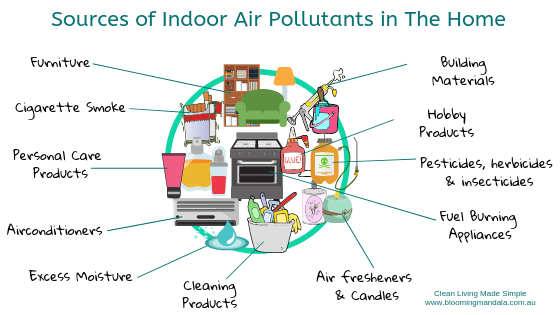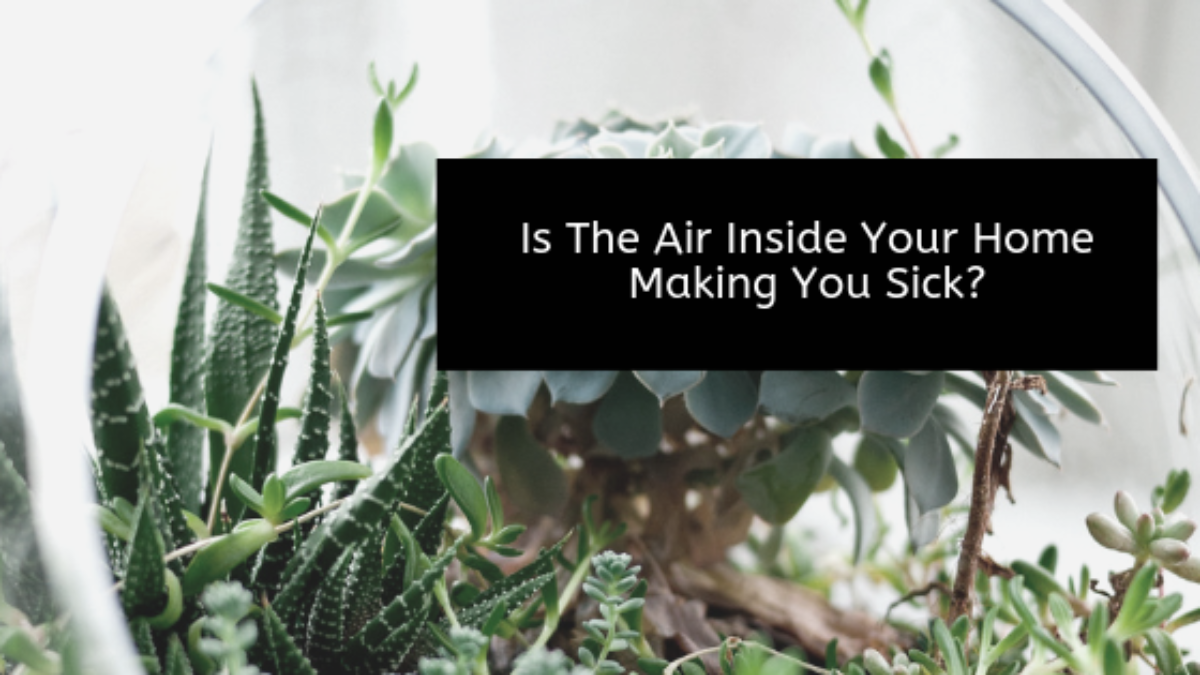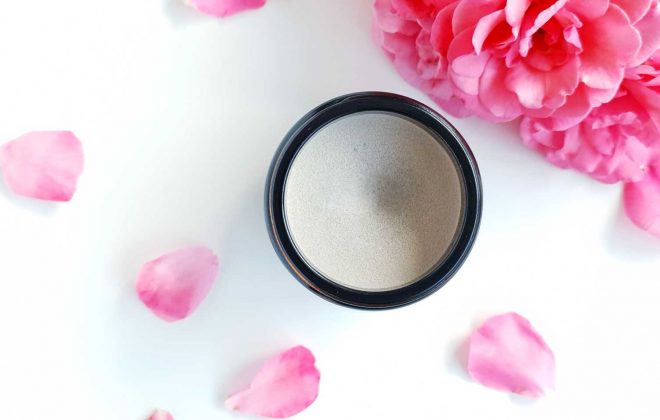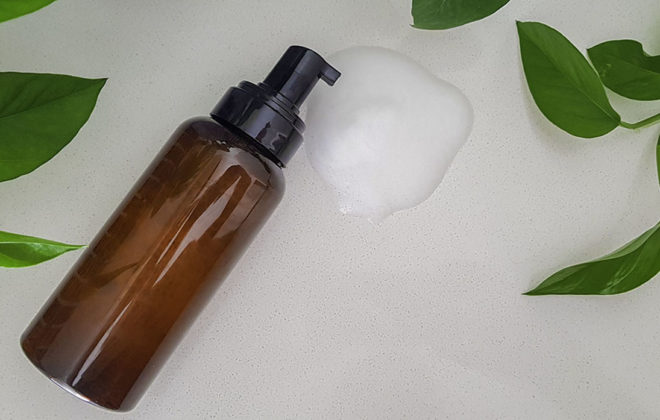Is The Air Inside Your Home Making You Sick
The air quality in your home might not be as healthy as you would think. Poor indoor air quality can result in health issues and sadly, children and babies are most susceptible due to their physiology. In fact the CSIRO estimates that in Australia the cost burden of health problems caused by poor indoor air quality could be as high as $12 billion per year!!1
Indoor air pollution is ranked in the top five environmental risks to public health
Indoor air pollution is a major contributor to our overall toxin exposure. When you consider that in our modern age, we spend around 90% of our time indoors2, where the concentrations of toxins are often 2 to 5 times higher than outdoor concentrations3 it’s no wonder the US environmental Protection Agency (EPA) and its Science Advisory Board have consistently ranked indoor air pollution among the top five environmental risks to public health4.

Sources of Indoor Air Pollution in the Home
Some of the most common air pollutants in our homes are chemicals like formaldehyde, benzene, chloroform and allergens like dust mites, dander and mould2,6. But where are these pollutants coming from? You might be surprised to learn that many common household products contribute to indoor air pollution such as:
- Cleaning products
- Air Fresheners and candles
- Personal care products – such as deodorants, perfumes and lotions
- Furnishings – which may contain foams, flame retardants and pressed wood products
- Building materials – newly installed carpets, flooring, paint, insulation or upholstery
- Fuel-burning appliances, such as gas stoves
- Tobacco products
- Air conditioning systems
- Excess moisture
- Products for household maintenance or hobbies, such as glues and solvents
- Pesticides, herbicides and insecticides
How do the toxins in our air affect our health?
Sadly little is understood about the health impacts of chemical exposure from air quality despite the EPA ranking indoor air as one of the top 5 environmental risks to public health4. Very little is know about the long term health effects of the chemicals found in indoor air, and even less is known about the health impacts from constant exposure to chemical mixtures (as is the case in indoor air), or their interactions when combined. But it’s safe to say it would be wise to reduce the levels of toxic chemicals that contribute to indoor air pollution in your home.
How to improve the indoor air quality in your home
Although we cannot avoid all toxins in our indoor air, thankfully there are a number of steps that can be taken to reduce the amount and concentrations of these toxic chemicals in our homes and workplaces. One of the most simple and effect way is to improve ventilation. A US study found that inadequate ventilation was a contributing factor to indoor air quality in 52% of cases, so throw open those doors and windows as often as you can. In our house we keep the bedroom windows as much as possible, in winter we just have them open a crack, but any air flow is good air flow in my opinion. We only shut them on the coolest, stormiest nights.
Other simple ways to reduce the toxins in your indoor air include using natural non-toxic cleaning products, stop using synthetic fragrances such as air fresheners and scented candles and vacuum with a HEPA filter vacuum cleaner regularly. By taking some simple steps you can easily reduce toxic chemicals in your indoor air and protect family from one source of chemical exposure.
Check out some of our other blogs
6 reasons to avoid Synthetic fragrances
4 ways easy ways to reduce synthetic fragrance exposure

Sources:
1. Brown, S.K. (1998) Beating the $12 Billion Cost of Polluted Air. CSIRO Press Release, Ref 98/55.
2. Environment Australia (2001). State of Knowledge Report: Air Toxics and Indoor Air Quality in Australia. Part B
3. U.S. Environmental Protection Agency. (1987). The total exposure assessment methodology (TEAM) study: Summary and analysis. EPA/600/6-87/002a. Washington, DC.
4. US EPA (1993). EPA‘s Approach & Progress’ in Targeting Indoor Air Pollution.





